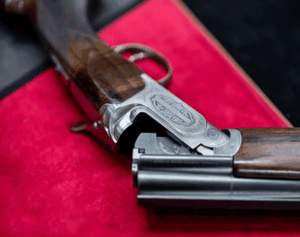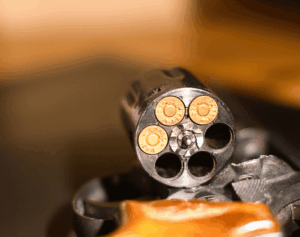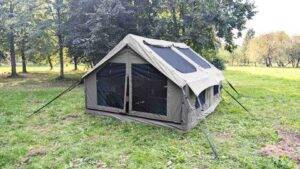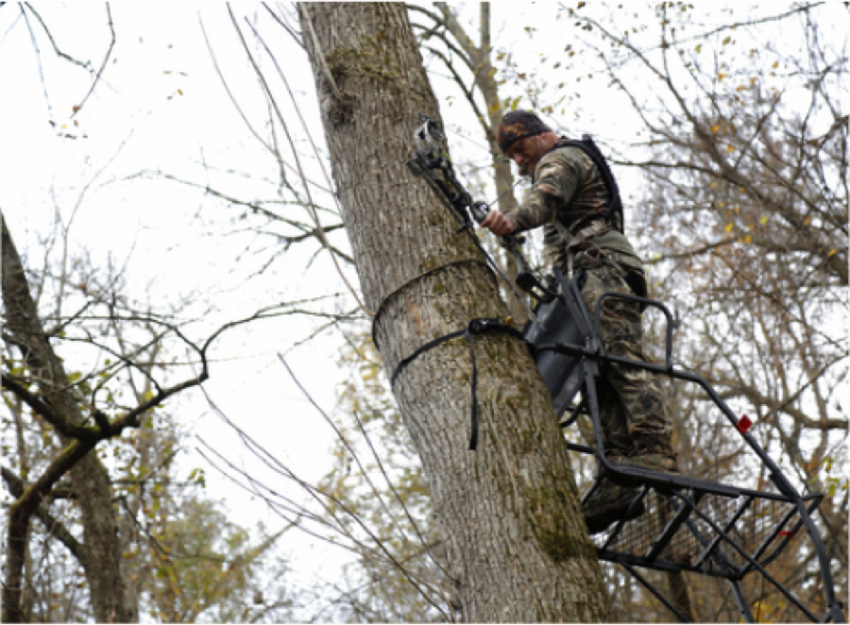
Article Written By; Ross Burgess. It’s easy to spend hours trying to find the best broadheads and bows, but none of that will matter if you can’t hit your target. Not even the best equipment can make up for months of neglect and lack of practice. That’s why maintaining your equipment, making personal adjustments, and doing drills are key to perfecting your bow hunting while in the off-season. They give you the best possible chance for a successful season.
Equipment Maintenance
Bows, like all hunting equipment, function better with proper care and maintenance. The better you take care of your bow, the longer it’ll last. Start with a visual inspection of all the key components.
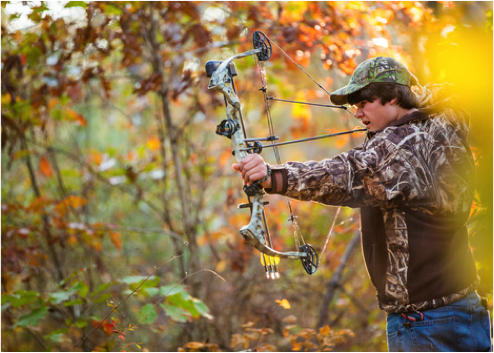 Look for nicks and cracks in the limbs. Cracks can develop from both excessive use and prolonged storage. The limbs of bows are what store the shot energy, so it’s not uncommon for that stress to take its toll on them. On the other hand, not using your equipment will also cause the limbs to become fragile and crack. Immediately take your bow to a professional bow smith if you do find any cracks. Using it could break the limb entirely, causing injury to the archer and those around them.
Look for nicks and cracks in the limbs. Cracks can develop from both excessive use and prolonged storage. The limbs of bows are what store the shot energy, so it’s not uncommon for that stress to take its toll on them. On the other hand, not using your equipment will also cause the limbs to become fragile and crack. Immediately take your bow to a professional bow smith if you do find any cracks. Using it could break the limb entirely, causing injury to the archer and those around them.
Ensure your cables and bowstring aren’t worn or fraying. Worn cables can easily snap causing serious injury. A good rule of thumb is to change your string and cables every 2,500 shots, but it largely depends on the quality of string, and how often you shoot.
Cheap strings will need to be changed sooner, and the same is true if you leave your bow in storage for long periods between use. Check the cam on compound bows. These must be synchronized to shoot in tight groups.
Once that is complete, you can begin lubricating any moving parts like rails, axles, and the trigger box. Friction can severely decrease your accuracy, so lubrication keeps that under control. Remember to use a product that does not contain cleaning additives because those additives break down your equipment.
Storage is an often-overlooked aspect of maintenance. Bows are quite durable but should still be stored carefully to increase their longevity. This storage means a padded case away from extreme temperatures.
Personal Adjustments
Bows need to be tuned to your physical specifications. You’ll be looking at draw length and draw weight for both recurve and compound bows. Most adjustments are done just once when a bow is initially purchased, but newer archers may go through several adjustments as they hone their technique.
Draw length determines what size bow you’ll be using, and it is controlled by settings on the bow. You need to find a bow that matches your unique body. Manufacturers offer bows in a variety of sizes to best suit the needs of the hunter.
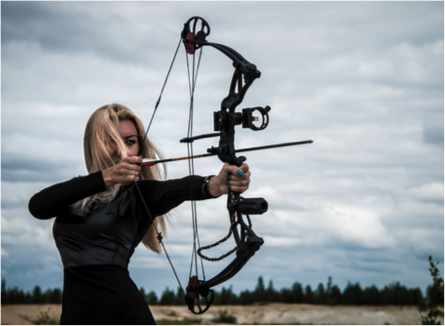 Finding your draw length is a simple process you can do at home. A good starting point can be found by measuring your arm span from fingertip to fingertip in inches, then dividing by 2.5. For example, if your arm span measures 70 inches, then you’d want to start looking at bows that have a draw length of 28 inches. This method works for both men and women.
Finding your draw length is a simple process you can do at home. A good starting point can be found by measuring your arm span from fingertip to fingertip in inches, then dividing by 2.5. For example, if your arm span measures 70 inches, then you’d want to start looking at bows that have a draw length of 28 inches. This method works for both men and women.
Achieving an accurate shot with an incorrectly sized bow is difficult. If that bow is too small, the draw length is shortened. This length costs you speed and energy. If the bow is too big, the draw length will be too long. That will cost you control. It may take a little while to find the right length that balances speed and control.
Draw weight, like draw length, is a personal measurement that suits each archer. Whereas draw length is how far the string was pulled back, draw weight is the amount of pulling force required to draw the string back. The strength is what makes it feel easy or difficult to pull the string back to aim. It’s also what gives you a fluid controlled shot. Draw weight is determined by the geometry of the bow and depends on your strength and experience as a shooter.
If the weight is too light, then enough force will not be generated through the arrow; that translates to weak arrows that don’t take down game. On the other hand, if the force is too heavy, you’ll fatigue quickly.
Fatigue will interfere with accuracy of your shot, especially if you’re too fatigued to fire at all. Keep in mind that a longer, heavier bow will be more stable and easier to hold on target than a small, lightweight one.
Archery Drills
Lastly, your bowhunting cannot improve without consistent shooting practice. Practice develops muscle memory, so your body knows what a good shot feels like without having to think about it. You’ll want to work on the fundamentals of shooting as well as exercises that help your hunting skill.
Practicing the fundamentals of shooting develop the physical and mental technique necessary for a smooth, controlled shot. Keep these essentials in mind as you practice:
- Face the target at about 45-degrees, with feet parallel spread 18 to 24 inches apart.
- Stand straight but relaxed. Your shoulder blades shouldn’t feel tense or squeezed.
- When anchoring, make sure your string hand aligns with your cheek.
- You shouldn’t have to reposition your bow hand during the shot sequence.
- Keep your shoulders and bow arm steady during the release.

Game rarely presents under perfect shooting conditions. Angles and light are affected by the configuration of your treestand or blind, the weather, time of day, and even the wind. Work through drills that mimic imperfect conditions to get accustomed to shooting from awkward draw length and fields of vision.
At short distances, you can shoot with your eyes closed. This is called “blind baling”. It forces you to concentrate on stance, a solid grip, and smooth release. The goal is to perfect the form of your shot sequence so it becomes second nature. In time, you’ll find it easier to aim, and you’ll release quicker.
Shoot from longer distances to find problems with your form. Everyone torques their bow a bit, but arrows move so fast that accuracy over short distances, say fifteen yards, isn’t affected. If you move out a bit further to about thirty or forty yards, then you’ll start to see how much your arrow drifts.
Being able to accurately shoot longer distances is also a confidence builder. Not only will short distances feel easier, but you’ll also be prepared to take further shots while in the woods.
Finally, mix up your target practice so you’re not always aiming for the bullseye. Aim to shoot in specific patterns or along a certain line of sight. The goal here is to reduce target panic in the field. You’re not always going to have a clean, obvious target while in the woods.
Instead of letting your gear gather dust this season, get to work practicing these techniques. To hit the mark, you’ll need to properly maintain your equipment, make personal adjustments, and practice drills.
Author Bio:
Ross is the content manager at eKnives and enjoys waxing green heads and eating venison jerky.


